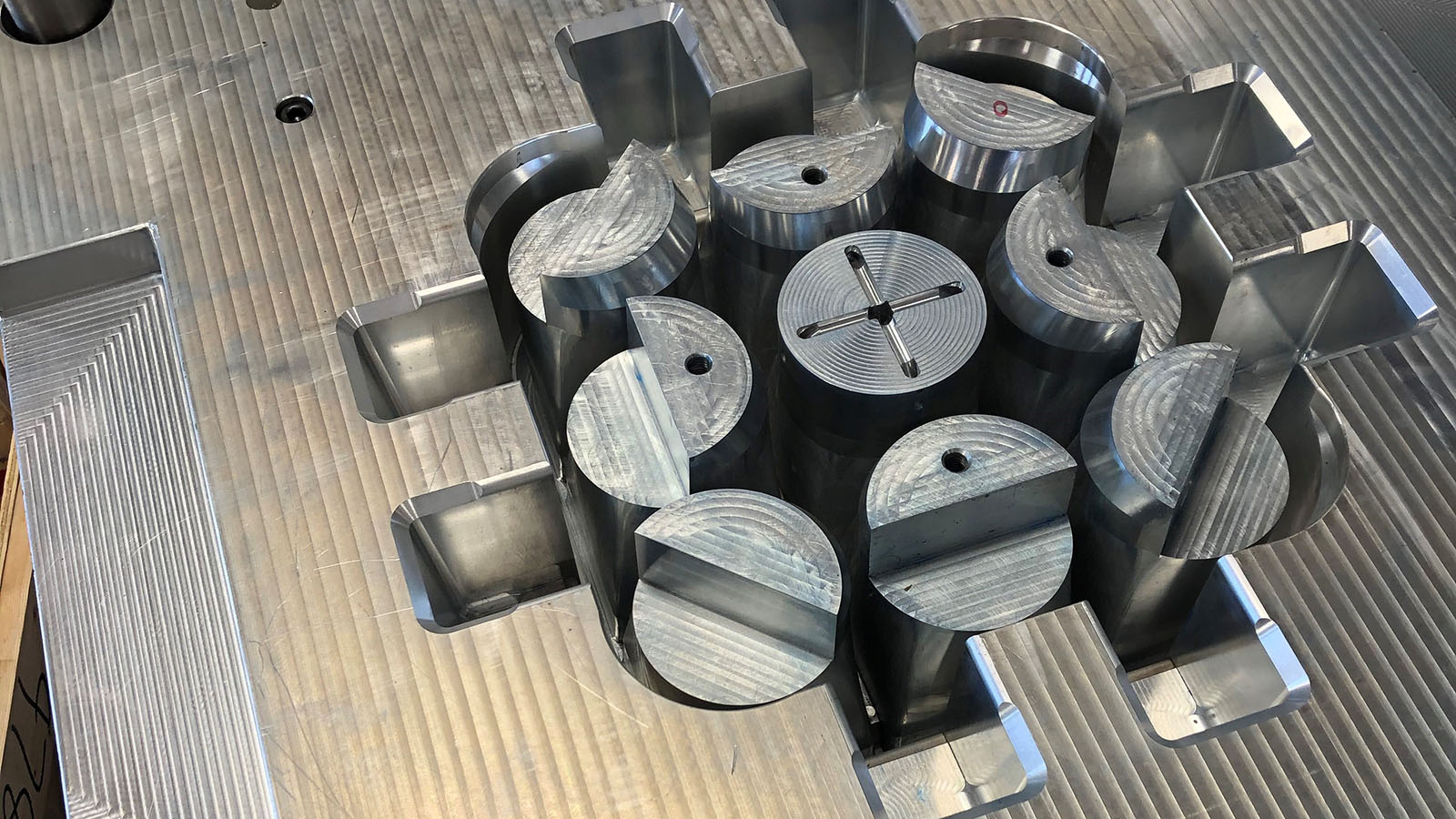Injection molds are built to last a certain number of cycles based on their mold class specification. Once a mold reaches its usable life, there can be signs of wear, and replacement components may be necessary. When your mold is approaching the end of its usable life, it’s essential to start looking at long term maintenance costs, proactively ordering back-up components, and possibly, total mold replacement. In this article, we want to look at the primary considerations when deciding to repair a mold, build a new one, or do something in between.
Addressing the Condition of the Mold
The first step is to address the condition of the mold. This can be done by visual inspection of the mold and its parts. Dimensional checks of parts over time are also important to account for potential wear areas, which often vary based on the type of material being processed. Glass-filled materials will wear tooling out significantly faster than other materials. Unfortunately, anyplace the material flows will eventually wear out. Though it can sometimes be difficult to see, tooling surface wear will show through on detailed dimensional checks in the fitment to assemblies.
Long term considerations
There’s a good chance that you originally built a mold that would last long enough to satisfy your production needs. If your project is tapering off into obsolescence, it might be wise to make only minimal repairs to the mold. On the other hand, if your project is growing, there is a good opportunity to reassess the whole project.
If your project is growing, you might want to consider building higher cavitation tooling. If you started with a two-cavity mold, there could be significant cost savings from moving to a four-cavity mold. In some cases, that cost savings could yield a return on investment within a year. Designing new tooling also gives you an opportunity to update or optimize part designs. Making design changes such as reducing wall thickness, changing gate designs, and increasing cooling capacity could also yield long-term cost savings.
Mold Complication
For more complicated molds using hydraulic systems, unscrewing cores, and other types of actions, it becomes even more important to address potential failure points before your mold reaches the end of its usable life. . Your molder should be able to disassemble a mold, check dimensions, and inspect your mold. From there, they should be able to tell you some potential wear points and provide advice on proactive maintenance. More complicated molds are less likely to be economical to replace. However, with proper maintenance and some planning, a well-built class 101 or class 102 mold can far exceed cycle expectations.
When is complete replacement necessary?
At a certain point in a mold’s life, the time required to rework the tooling, replace components, and repair damage simply isn’t worth the investment. In the end, an injection mold is an asset to your company that’s producing a product you need to run your business. Ensuring that the mold is performing well and doesn’t reach complete failure is critical to avoiding downtime and keeping your supply chain moving. Below are a few signs that a mold needs significant attention. If you find that several or all of these issues are present, it might be time to consider completely replacing the mold.
- Significant Flashing Issues
- If your part is flashing around ejector pins and the parting line (assuming good processing practices), the tooling is worn out.
- Dimensional Changes Over Time
- If you find that some dimensional changes are slowly developing on your parts, areas of the tooling could be washed out from the material flow.
- Cooling Issues
- If cooling lines are not maintained and cleaned properly, the injection molding process can slow because of inefficient cooling.
- Damaged Tooling Surfaces
- Tooling surfaces will wear over time (especially textured surfaces). If an injection mold is not properly maintained, issues like air traps can begin pitting the tooling surfaces.
- Wear on Actions
- More complicated injection molds with actions have more moving parts. Those components wear against each other over time and may require replacement.
- Ejection System Wear
- Ejection systems wear over time. To accommodate wear, you may need to replace pins orbushings and redrill holes oversize.
- Lock Damage
- Tooling should be designed to interlock so that the tooling does not shift while under injection pressure. Locks will wear over time and may need to be welded and reworked.
If several of the above issues sound familiar, it may be time to start planning for a replacement mold. In any case, you don’t want to wait till the last minute. Planning for replacement early can give you the space to think about the project, look at long-term cost savings and new opportunities, and allow you to potentially address any ongoing quality issues or design changes.


